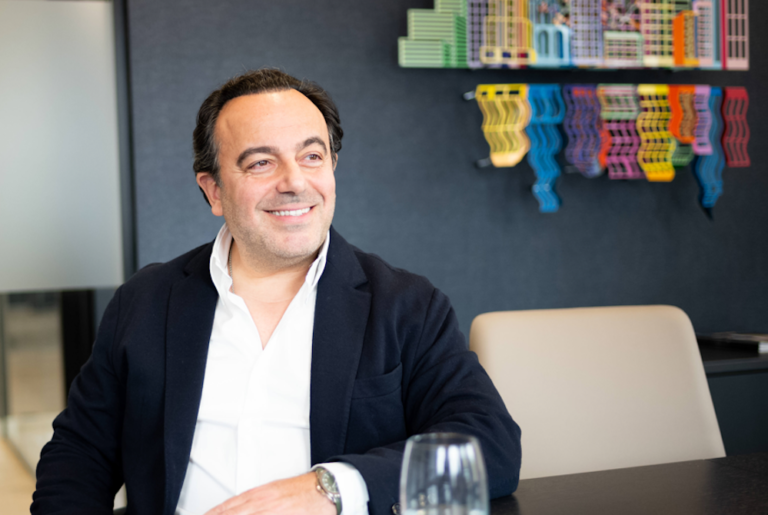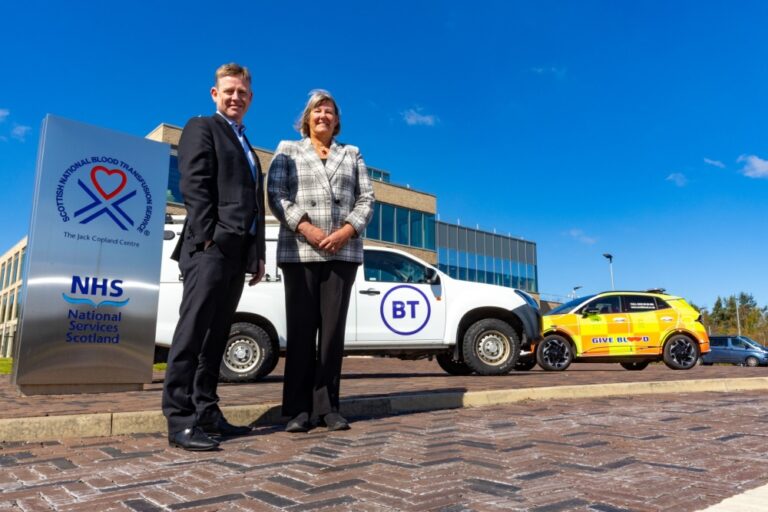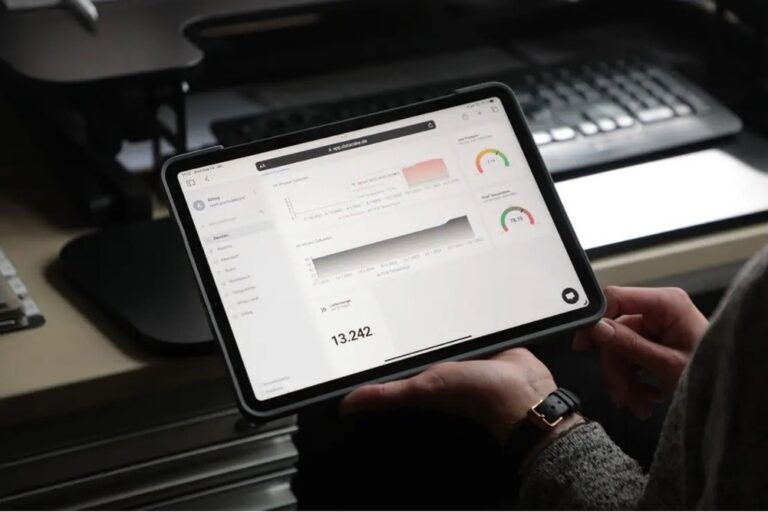The FTTH/B coverage in the EU27 + UK is 55%, but take-up remains sluggish – only about half the premises passed
The total number of homes and other premises passed by fibre (FTTH, FTTB) in the EU39 reached 219 million homes in September 2022, up from nearly 198.4 million in September 2021.
The FTTH Council Europe defines the EU39 as the 27 European Union Member States plus the UK, four members of the Commonwealth of Independent States, and Andorra, Iceland, Israel, North Macedonia, Norway, Serbia, Switzerland, Turkey.
Premises passed
The biggest increases in terms of homes passed in absolute numbers are:
the UK which added 4.2 million;
France with a rise of 3.5 million;
Turkey increased by 2.9 million; and
Italy by 2.1 million.
The top 5 in terms of annual growth rates in homes passed are:
Belgium with 60%;
the UK with a 51% increase;
Serbia up by 40%;
the Netherlands rose by 34.7%; and
Greece by 34.5%.
The FTTH/B coverage rate in EU39 now amounts to 62.2% (up by 5% compared to 2021) and the coverage rate in the EU27+UK officially exceeds half of all homes (55.1% versus 48.5% from 2021). The data shows the trend continues upward, as it has for several years in a row.
Take-up rate
The number of FTTH and FTTB subscribers in EU39 region reached 108 million. The five fastest growing markets in terms of new subscribers were France with 3.3 million, the UK with 1.5 million, Spain with 1.1 million, Turkey with 898 and Italy with 822.
By September 2022, the EU39 FTTH/B take-up rate raised to 49.5%, and increase of 1% from the previous year. The take-up rate is defined as the number of subscribers as a proportion of homes passed.
There is still what the FTTH Council Europe calls “a huge gap” between fibre coverage and adoption, as demonstrated by slower progress in the EU27+UK, where the take-up rate grew up by just 0.4% to reach 52.8%.
The Council recently commissioned and published some illuminating research into factors that affect take-up rates, the first of its kind.
Incumbent efforts
Overall, the report flags an increasing contribution from incumbent operators to FTTH/B coverage: about 56% of the total homes in the EU39 are passed by altnet provider versus ISPs around 39% by incumbents. The remaining 4% is accounted for by municipalities and utilities.
In other words, alternative operators still dominate, but incumbents are finally closing the gap.
Regarding homes still to be passed, Germany, the UK and Italy have the most work still to do – 62 million homes have no fibre connection available, the equivalent of about 55% of the total EU27 number of households.
How does Europe compare?
The data from September 2022 show that 22 countries have achieved penetration rates higher than 50%. The UAE leads with 98.1%, while Qatar rapidly caught up, reaching the second position at 97.8% (versus 84% from the previous year). Singapore has 96.5% penetration, Hong Kong 91.6% and China 89.4%.
In the European region, for the fourth consecutive year in a row, Iceland tops the European FTTH/B penetration ranking with a 76.8% penetration rate. It is followed by Spain at 73.5% and Portugal with 71.1%. Seven countries passed the 50% penetration rate mark: Iceland, Spain, Portugal, Sweden, Norway, Romania and France.












